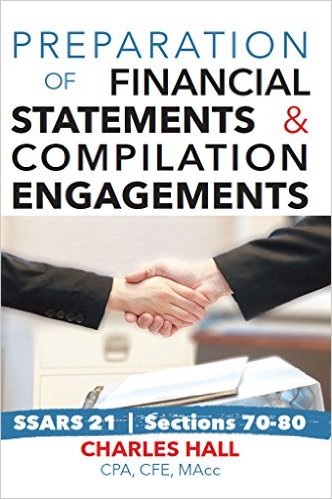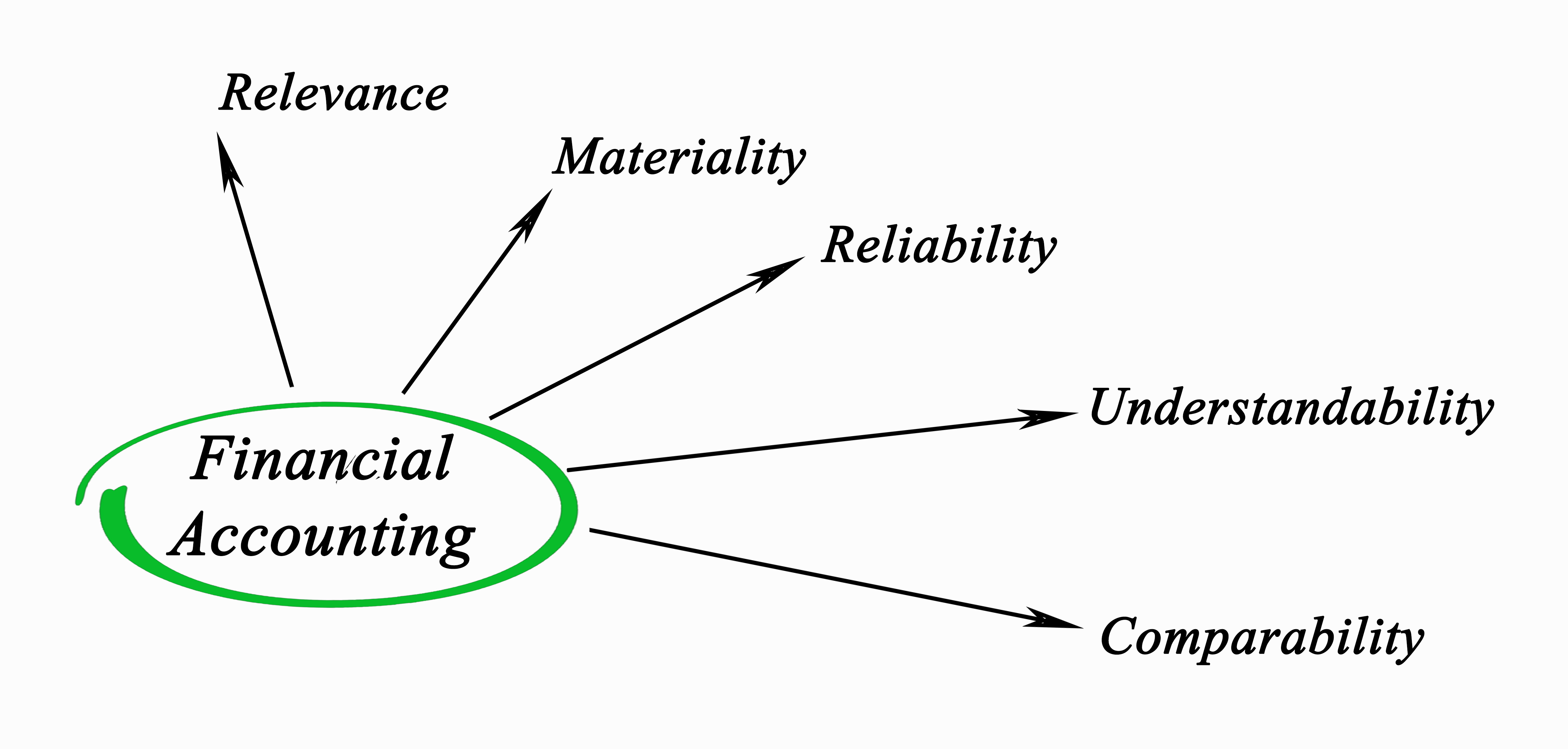Primer on Compilation and Preparation engagements under SSARS #21

Charles Hall has written a book describing a new service called ‘preparation’ and the changes for compilations from SSARS 21.
If you perform a few compilation engagements a year and have not started paying attention to the complete rewrite of comp and review rules, this is the book for you. The transition date is financial statements for years ending after December 15, 2015. Essentially this applies to all your 12/31/15 comp and review work.
…
Primer on Compilation and Preparation engagements under SSARS #21Read More »
Primer on Compilation and Preparation engagements under SSARS #21 Read More »









